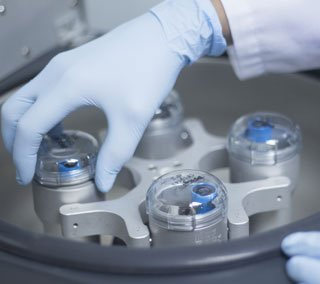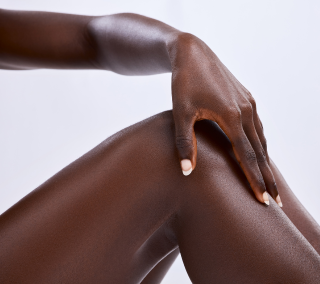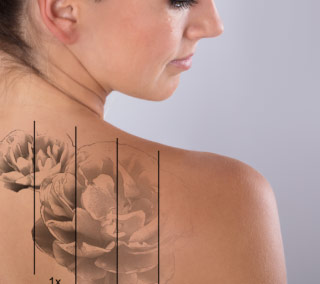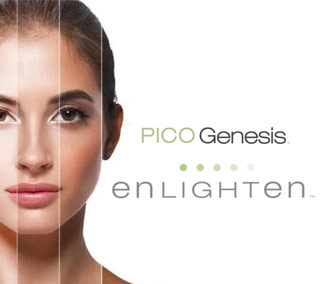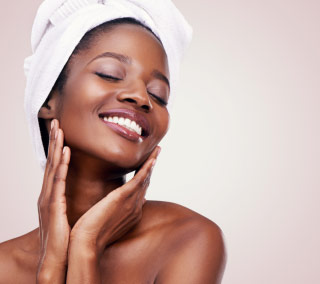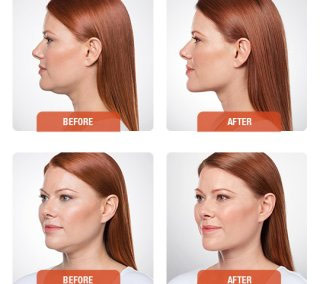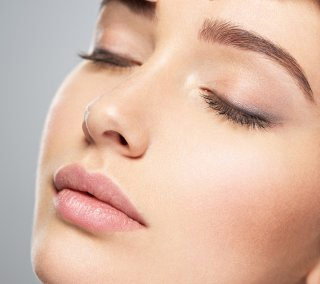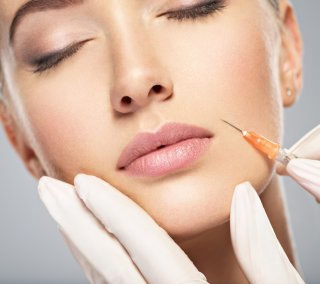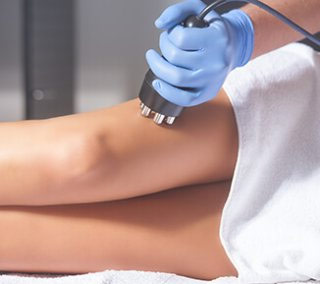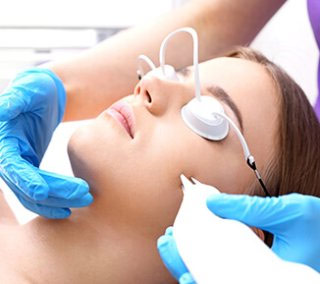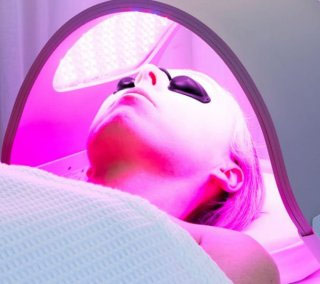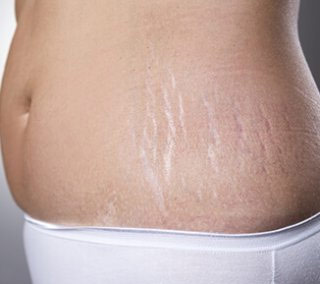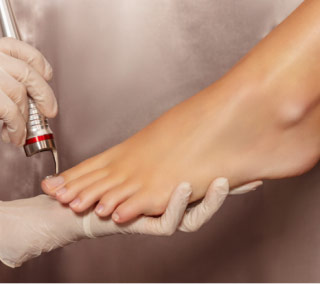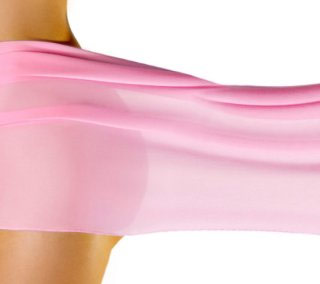You deserve the absolute best in Laser Skin Treatments

You deserve the absolute best in Face & Body Treatments
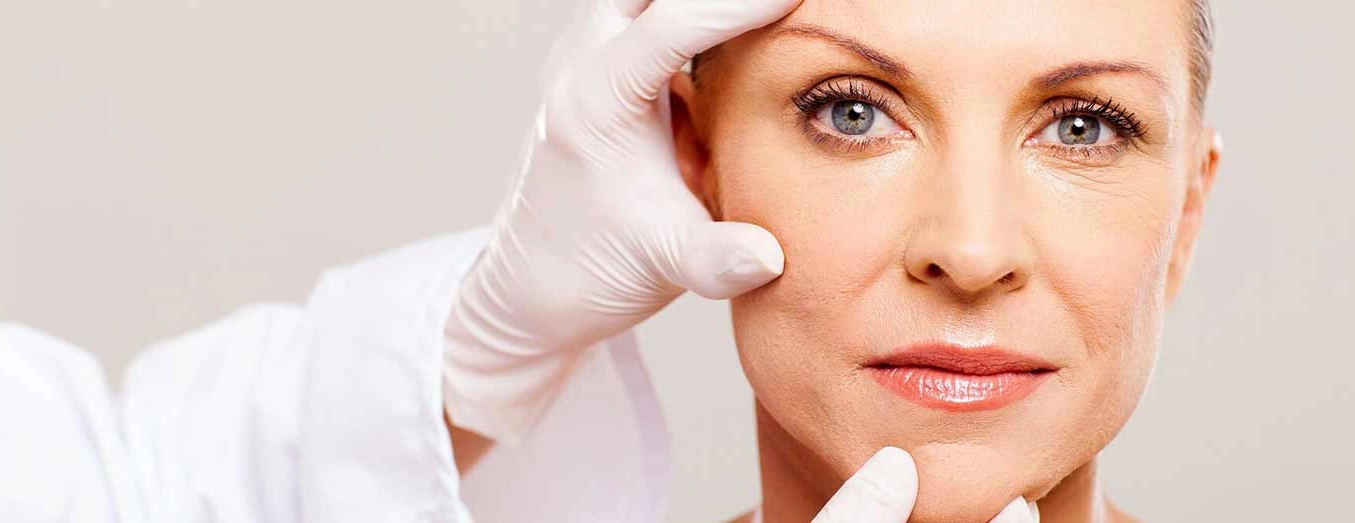
LMC – Laser Medical Clinic
LMC – Laser Medical Clinic is a full-service award winning medical cosmetic clinic located in Richmond Hill, Ontario.
We are proud to provide the most cutting-edge technologies in an inclusive, professional, transparent and relaxing LGBTQ-friendly environment with an unmatched commitment to client satisfaction.
We offer an Ontario-wide price match promise. We are open 7 days a week to fit your busy schedule. Our office offers no-interest PayBright financing to split your aesthetic purchase into easy monthly payments.
WHY CHOOSE US:
Crowned Top Choice Medical Spa of 2022, 2023 & 2024 in Richmond Hill, Ont.


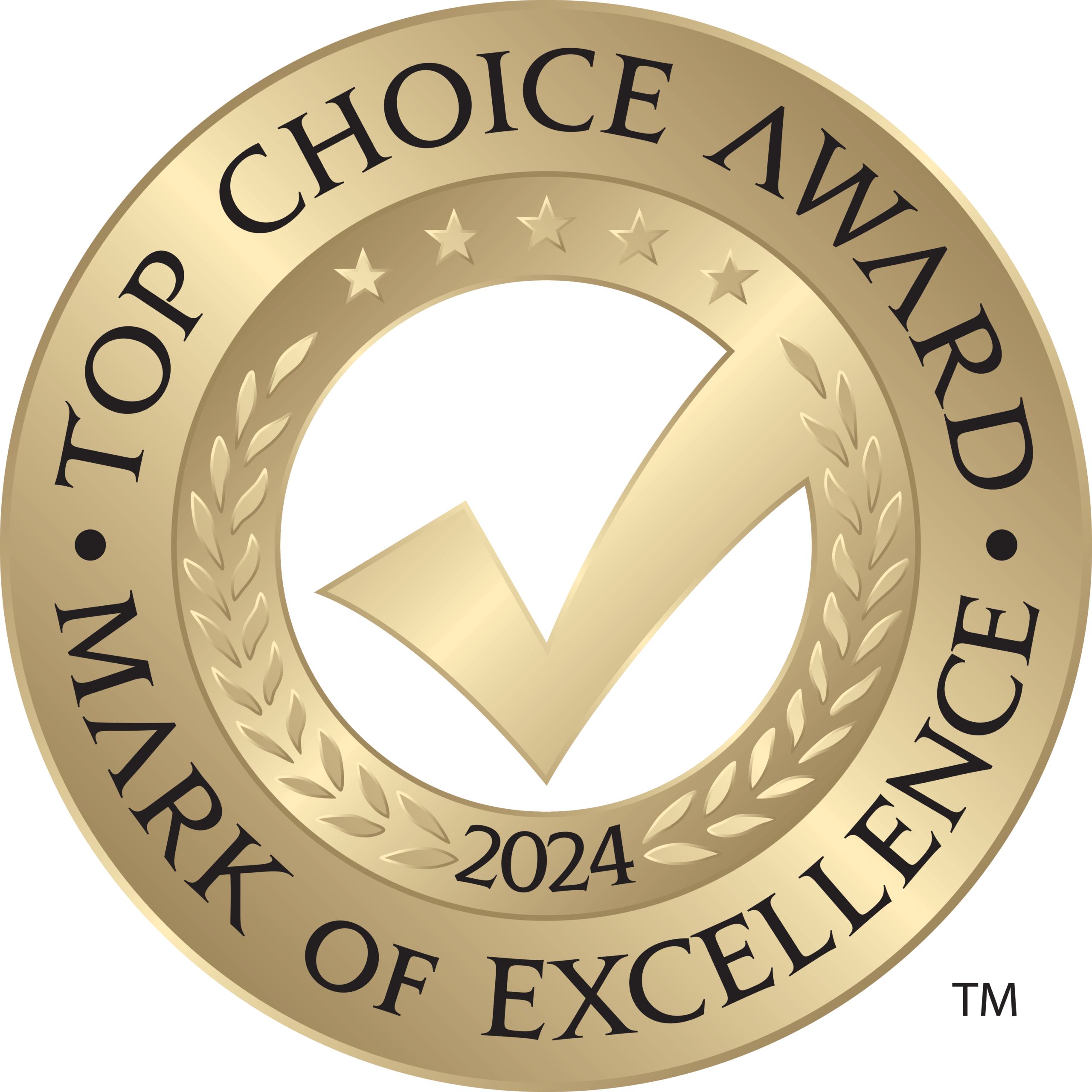
Associated Doctors & Nurses:
Dr. I. Arora MD, CCFP, DABFM
Nurse Practitioner:
Nicole Francis
Cosmetic Nurses:
Vanita, Jennifer Rizzo, Dongni Gloria Sun, Tatiana Kuznetsova
OUR Services
Copyrights © 2024. LMC - Laser Medical Clinic. All rights Reserved.
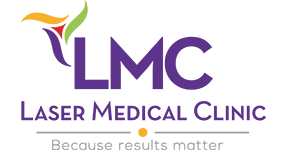
 A+ accredited company by Better Business Bureau, offering top-quality services to over 3,000 clients since 2009.
A+ accredited company by Better Business Bureau, offering top-quality services to over 3,000 clients since 2009.
